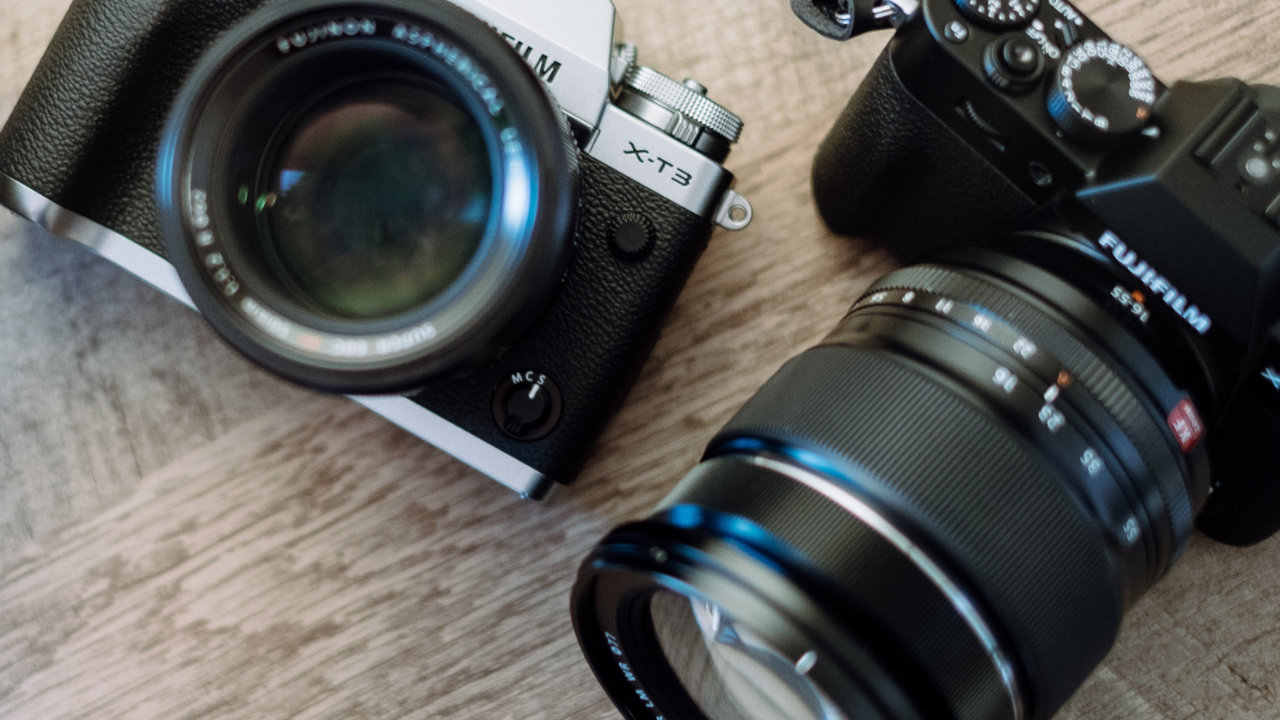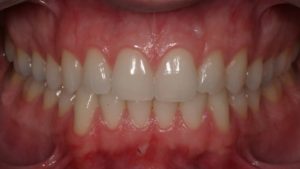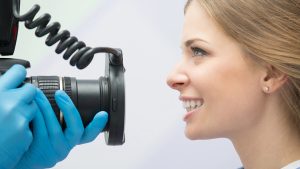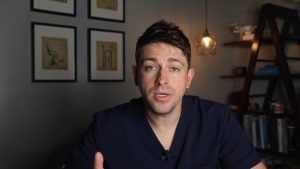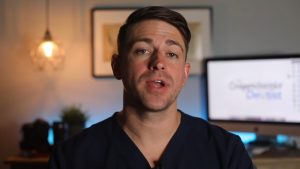In this article by Charles Payet, published on DentalDigitalPhotography.com on December 23, 2009, the author provides valuable insights into selecting the right equipment for dental photography. The article discusses recommended camera lenses and flashes for both Canon and Nikon cameras, emphasizing the importance of macro lenses for dental photography. It also briefly touches on camera body options, suggesting the Canon T2i for its video recording capabilities and the Nikon D5000 or D90 for Nikon enthusiasts.
„Delving into the world of dental photography, Charles Payet’s expert insights in ‚5 Good Cameras for Dental Photography‘ offer a comprehensive roadmap for dental professionals seeking the perfect camera setup. Published in 2009, his timeless advice still resonates, providing a solid foundation for those venturing into this visually critical aspect of dental practice.
Payet’s article begins with an essential question: What camera/flash/lens combination should one invest in? The author’s lucid explanations and detailed recommendations make the complex world of dental photography accessible to all. His impartial approach caters to both Canon and Nikon enthusiasts, ensuring that practitioners using either brand can find invaluable guidance.
The heart of Payet’s recommendations lies in the selection of lenses and flashes. His insightful analysis highlights the Canon 100mm f/2.8 macro lens or the Canon 60mm f/2.8 macro lens for Canon users. For Nikon aficionados, Payet suggests the Nikon Telephoto AF Micro-Nikkor 105mm or the Nikon Macro AF Micro-Nikkor 60mm. His candid insights extend to flashes, with the Canon MR-14EX ring flash for Canon users and the Sigma EM-140 DG TTL Macro Ring Flash for Nikon users. Payet’s reasoned approach demystifies the overwhelming choices and streamlines the selection process.
Beyond lenses and flashes, Payet navigates through camera body options. His focus on the Canon T2i and Nikon D5000 or D90 (among other models) underscores his commitment to capturing both high-quality images and 1080p HD videos—an essential feature in the digital age. By delving into the intricacies of video capabilities and their impact on dental practice, Payet adds an innovative dimension to his recommendations. His mention of the convenience of combining a video camera and a DSLR underscores his practical approach to the evolving dental landscape.
Payet’s article culminates in a clear message: while more possibilities exist, simplicity and effectiveness reign supreme. He masterfully distills down a plethora of choices to provide dental professionals with easy-to-follow criteria for selecting their camera setups. His eagerness to answer questions and engage with readers showcases his commitment to ensuring everyone finds their ideal camera.
In conclusion, Charles Payet’s ‚5 Good Cameras for Dental Photography‘ serves as a timeless treasure trove of insights for dental professionals at all levels. His expert recommendations, supported by clear reasoning and practicality, elevate this article to an indispensable guide for navigating the complexities of dental photography. Dental practitioners looking to make an informed camera choice will find Payet’s advice invaluable, setting them on a path to capturing exceptional dental imagery.“
Readmore on dentaldigitalphotography.com

